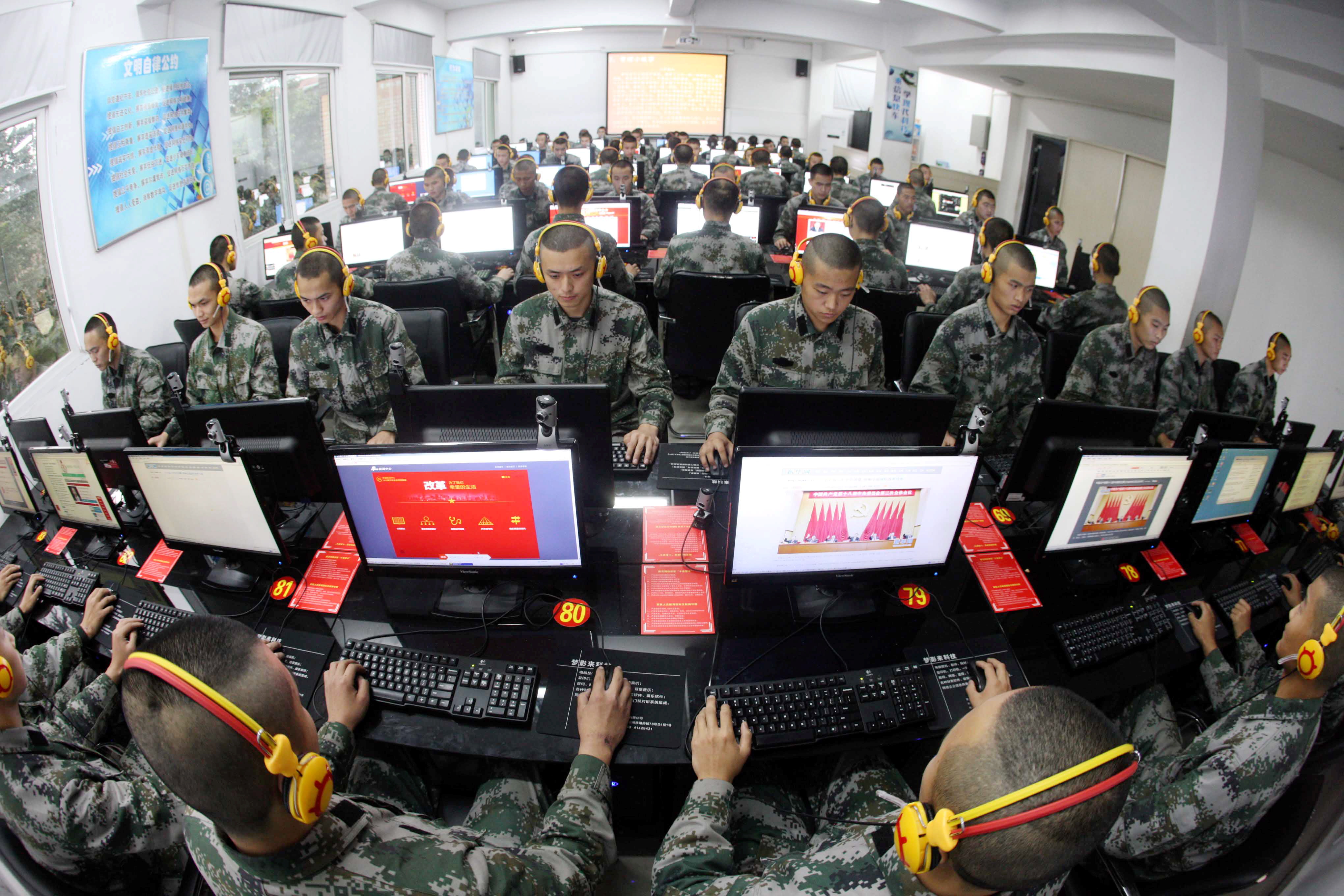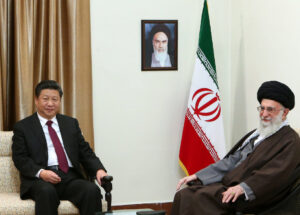by Roger Cliff
This report describes U.S. interests in the Indo-Pacific, challenges and opportunities the United States will likely face in the region over the next decade, the resources available to the United States for protecting and advancing its interests, and a recommended strategy for doing so.
The Indo-Pacific is a region of critical importance to the U.S., but one in which it is likely to face major challenges in coming years. China will be both the dominant economy and the dominant military power (other than the U.S.) in the region and will continue its efforts to take control over Taiwan, the South China Sea, and the Senkaku Islands. Beijing will also continue to infiltrate and subvert the political systems of countries in the Indo-Pacific and elsewhere in the world. Meanwhile, North Korea will continue to increase its capability to attack the U.S. with nuclear weapons, and state failure in North Korea is a possibility over the next decade. Other adverse events could occur as well, including interstate conflict, new internal conflicts, democracies becoming autocracies, and Islamist regimes coming to power. In addition, unusually hot weather and floods will become more frequent as a result of global climate change, and the Indo-Pacific will be a major source of environmental pollution and greenhouse gas emissions. At the same time, the Indo-Pacific presents major strategic opportunities for the U.S., which still enjoys significant strengths. The U.S. possesses more human capital than any country in the world, has the world’s best technological capabilities, and has by far the world’s most capable military. Perhaps its greatest asset in the region, however, is its democratic allies, particularly Japan, South Korea, and Australia. As a result, U.S. Indo-Pacific strategy should focus on strengthening ties with the democracies of the region and making those democracies stronger and more secure.




